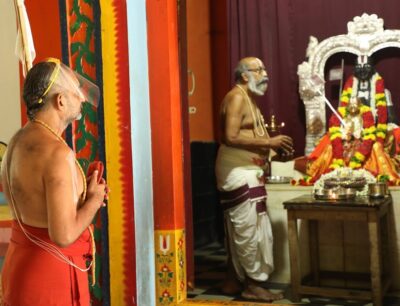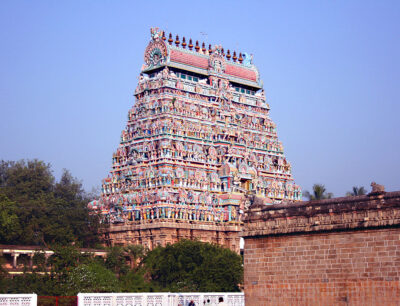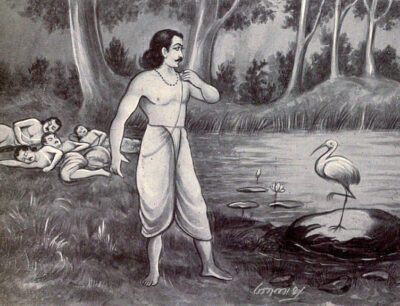Ashtakshari Mantra
Ashta:kshari Mantra reveals the beautiful ever-lasting bond between you and the supreme power, God.

Ashta:kshari Mantra reveals the beautiful ever-lasting bond between you and the supreme power, God.

A temple, a:layam is composed of Aa (means ‘completely’) and layam (means ‘bring/draw together’).

Yudhishtara also faced an “interview” containing about 125 questions from Yamadharmaraja disguised as Yaksha.
